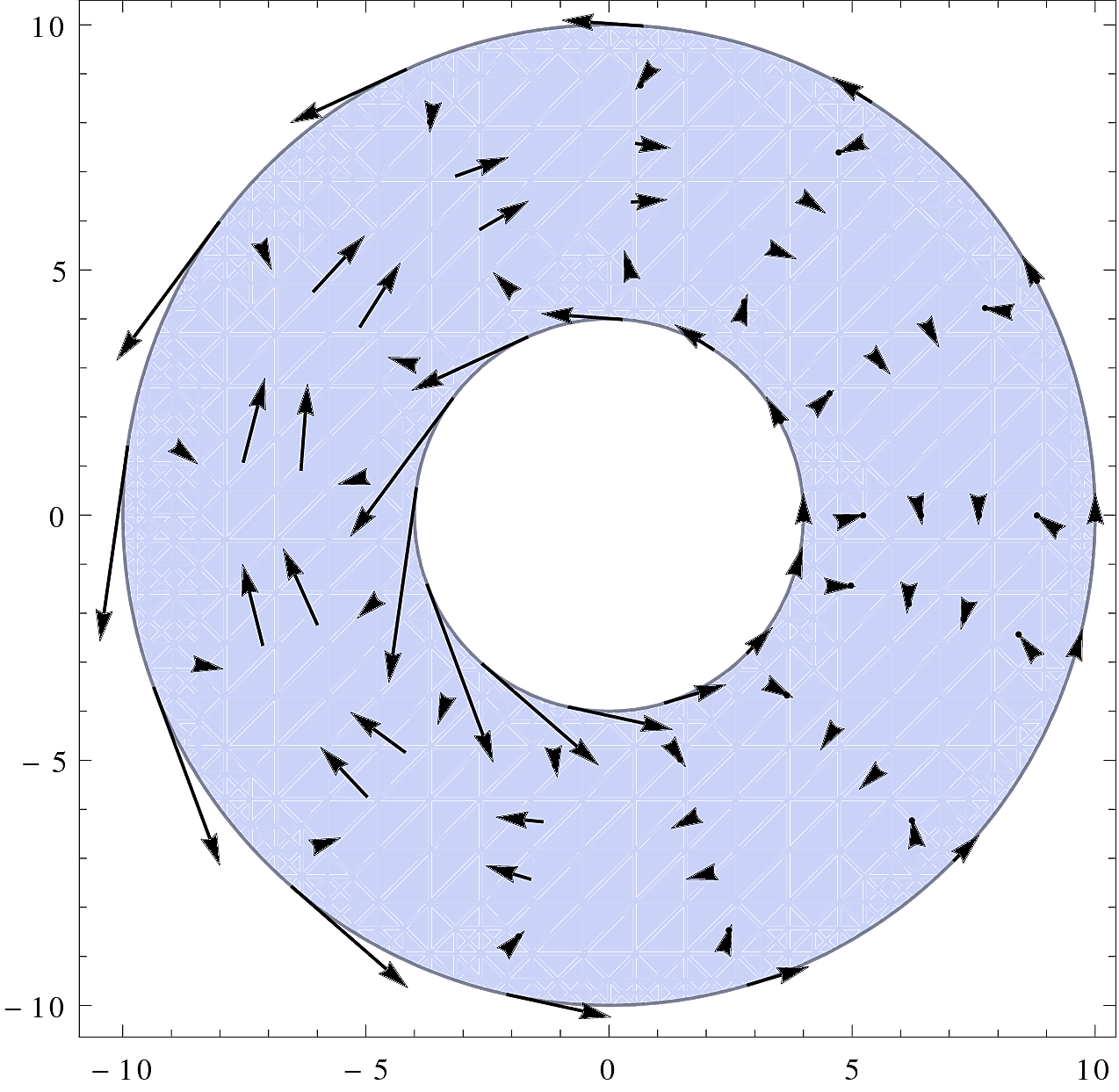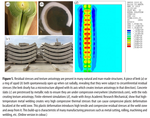The mechanics of soft solids

Our research focuses primarily on the study of elastic solids and the development of constitutive equations that describe the various components of these materials and their impact on forces and deformations. My work primarily centres on two main themes: stressed solids and fibre-reinforced solids.
In addition to constitutive equations, we also explore the use of waves and instabilities to characterise elastic solids and understand the origin of patterns in soft tissues.
Initially stressed solids
The driving question is how to mathematically describe the mechanical response of residually stressed solids? Our main contribution has been revealing a new symmetry, a result from conservation of energy, that restricts the possible mechanical responses.


instability patterns
Most biological materials (and industrial) are reinforced with stiff fibres or are under tension. I figure out how these mechanisms influence elastic surface waves and the formation of surface wrinkles. The main reasons to do this are
- will give us greater control over surface waves or forming textured surfaces (using surface wrinkles).
- use these surface waves and surface wrinkles to measure biological materials.
